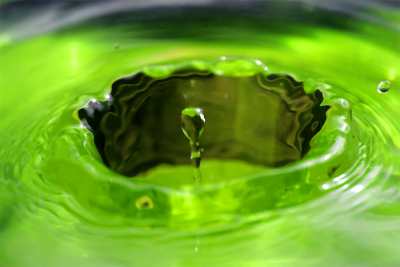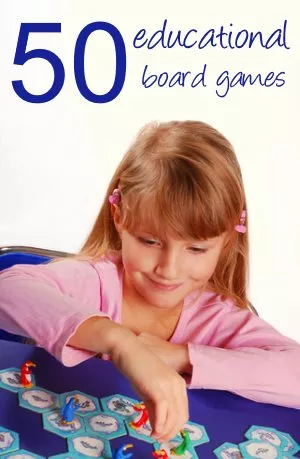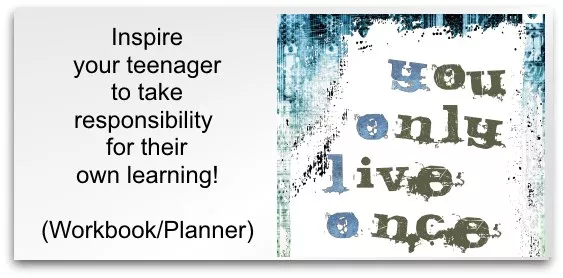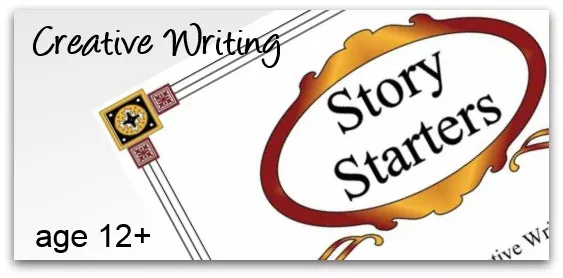Silly Putty Recipe
How to Make Slime
Home >> Home School Science >> Silly Putty Recipe
Here are my favourite homemade recipes for making green slime, silly putty, goop, gak or flubber!
Whatever your name for it, these are perfect kids halloween activities. And so you can cover a bit of homeschool science at the same time, I have added in a few scientific explanations!
Note : Scroll down past the recipes for information about the ingredients, and where to get them. They are readily available but can take some finding if you don't know what you are looking for.
How to Make Silly Putty
More pliable and less sticky than green slime, this putty will bounce and stretch.
- Pour 1 cup of white PVA glue into a container.
- Add 1/2 cup liquid starch.
- Mix the glue and starch together.
- Let it dry out a little until the putty is flexible and smooth.
Brighten up your silly putty by adding food coloring or glitter.
Homeschool Science
In making silly putty you have made a polymer. Polymers are made out of long molecules (like chains) that stick to each other (cross-link). The putty moves and flows because the cross-links break, the chains slip past each other, and then the cross-links form again.
Natural polymers include amber, natural rubber and cellulose (plants). Synthetic polymers include PVC and nylon.
How to Make Slime
More gloopy and sticky, this stuff will drip and spread!
- Mix 1 tablespoon of white PVA glue, one tablespoon of water, and one drop of food coloring into a container.
- In a second container disolve one teaspoon of Borax into one tablespoon of warm water.
- Mix the glue and borax mixture together.
- The slime should form instantly. Lift it out of container and throw out the left over liquid.
Kids Gak/Oobleck Recipe
This is a safer recipe for small children as it is made without Borax. It will act like a liquid until you push it, then it will firm up and resist the pressure.
- Put 1 cup cornstarch into a container.
- Slowly add a little water until the mixture drips from your spoon.
Homeschool Science
This substance is a colloid. A colloid is a mixture in which one substance is dispersed evenly throughout another. This gives it unique properties - as explained by Blake :
Homemade Goop
A kid-friendly putty made with cornstarch.
- Boil 2 cups of water in a pan.
- Slowly add a 1/2 cup cornstarch and stir until smooth.
- Add food coloring to get the color you want.
- Remove from the heat and leave it to cool.

Silly Putty Recipe Ingredients
- Liquid Starch
You will find liquid starch in the laundry section of your grocery store or Walmart. If you are in the UK, you can buy Dylon Easy Starch from Amazon or Ebay. - White PVA Glue
In the US, this is Elmers Glue. In the UK it is usually called PVA Glue. Available at craft stores. - Borax
Available in the laundry section of your grocery store or Walmart. In the UK, you can generally get it at Boots, or from Amazon.Borax is mildly toxic and should not be eaten. You should keep it away from food or food preparation areas.
Wondering what else to do with it once you have bought it? Try this science experiment with pine cones.
- Cornstarch
Generally in the baking section of the grocery store. In the UK, this is the same as cornflour.

Creative Homeschooling
Click below now to get inspired!
Fun Activities for Kids
How to Make Clay
Return from Silly Putty Recipe to Homeschool Science
Return from Silly Putty Recipe to Homeschooling-Ideas Home Page
Lovely messages sent from visitors like you:
Oh my goodness! I am a home schooling mum of 4 and I have NEVER found a better site! Thank you so much.
Blessings, Jenny (New Zealand)
I wanted to say THANK YOU for your fabulous website. I found your website, and finally I have the confidence to take the plunge and take my daughter out of school and educate her at home, thank you, thank you.
Marina (UK)
I cannot get over how much great information and super ideas you have here. Fantastic!
Ruralmama (USA)
This is simply fabulous!! I just now found this site and I'm so excited!! The opportunities and suggestions as well as the need to inspire are exactly what I have been searching to fulfill!! I'm so thrilled to get started and even more excited to continue to explore all of the fabulous suggestions and creative ideas you have offered here!!! Thank you, thank you, thank you!
Jennifer (USA)













